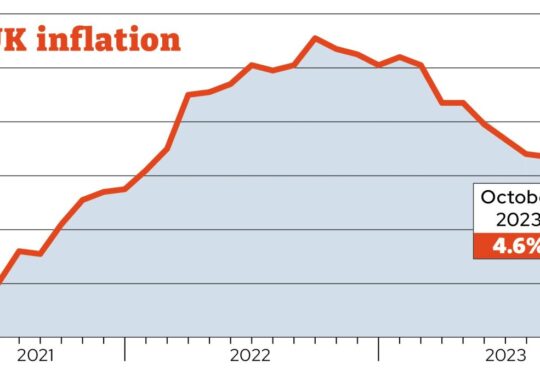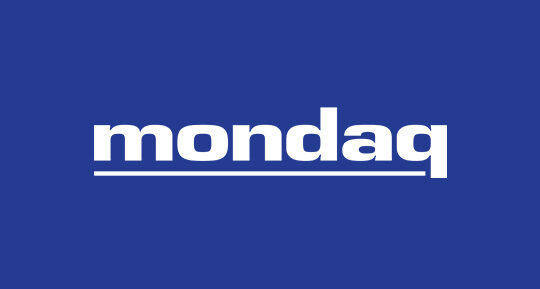
Contractual pension promises are really a form of debt: The employer owes the employees a sum in the future. The snag is that this obligation is a moving target. It rises with long-run inflation expectations, as retirees’ incomes are typically linked in some way to consumer prices. It also jumps with advances in longevity as pensions then have to be paid for longer. And there is some subjectivity in how you put a present-day value on a payment to be made in, say, 2045.
For this reason, there’s been a welcome increase in corporate disclosures of how pension pledges are calculated in recent years — largely driven by regulation. Company annual reports have details of the estimated cost of paying pensions as well as how this might look if actuaries did the calculation differently. IAS 19, the accounting standard for employee benefits, demands companies set out the risks in a pension plan that could affect their cash flows. But the one-size-fits-all guidance is necessarily general rather than overly specific.
Unfortunately, the assets set aside to meet the liabilities haven’t received so much attention until recently.
You can see why. Calculating asset values seems pretty simple. Usually they’re a collection of government and corporate bonds, stocks, real estate and private equity investments. Most of these will have a daily market price or at least a recent bespoke valuation. Companies generally provide granular details of this portfolio, but what investors see is essentially a snapshot valuation at the financial year-end.
This current level of disclosure is clearly inadequate. What we’ve learned this year is that the assets are opaque, too, thanks to the use of derivatives. Some pension plans entered into contracts to protect themselves against increases in the accounting value of liabilities caused by falling bond yields in recent years, part of an approach known as liability-driven investment.
But when bond yields went the other way, rising sharply as they did last month, the pension plans using this strategy had to stump up collateral to support these derivative positions. Plans without decent cash reserves had to sell portfolio holdings in a hurry, putting downward pressure on asset prices — in particular UK government bonds. The other option would have been to put in an urgent call to the company backing the scheme asking for a cash injection. In the event, the Bank of England stopped the rot by propping up gilts, buying time for pension plans to meet collateral demands without fire sales.
It’s likely that this problem mainly afflicted smaller funds with deficits (pension assets worth less than the corresponding liabilities). But it’s hard to know where this is really taking place because it just isn’t clear.
Financial regulators’ concern is the orderly functioning of the markets. But who is looking out for the shareholders of a company whose pension plan may be taking the risk of an unexpected cash call it can’t meet?
If the employer backing the plan answers a panic call for cash, it may not see the funds returned. The potential for such demands should be a weight on its credit rating. And if the pension dumps assets on the cheap, that will likely mean the company has to make additional top-up payments into the plan in the long run. Either way, shareholders foot the bill.
The current voluminous annual disclosures on corporate pensions don’t really capture these risks — although some industry experts did sound warnings. The main reform would be to require much greater transparency of derivative positions, supporting a sensitivity analysis of how the portfolio would perform if markets moved sharply, similar to what we have for pension liabilities.
A parallel benefit of such transparency is that pension funds would find out if they might rush for the same exit in a crisis. Investors should push for the disclosure. If companies aren’t willing to provide it, their pension plans should probably change their investment strategy.
This column does not necessarily reflect the opinion of the editorial board or Bloomberg LP and its owners.
Chris Hughes is a Bloomberg Opinion columnist covering deals. Previously, he worked for Reuters Breakingviews, the Financial Times and the Independent newspaper.
More stories like this are available on bloomberg.com/opinion






